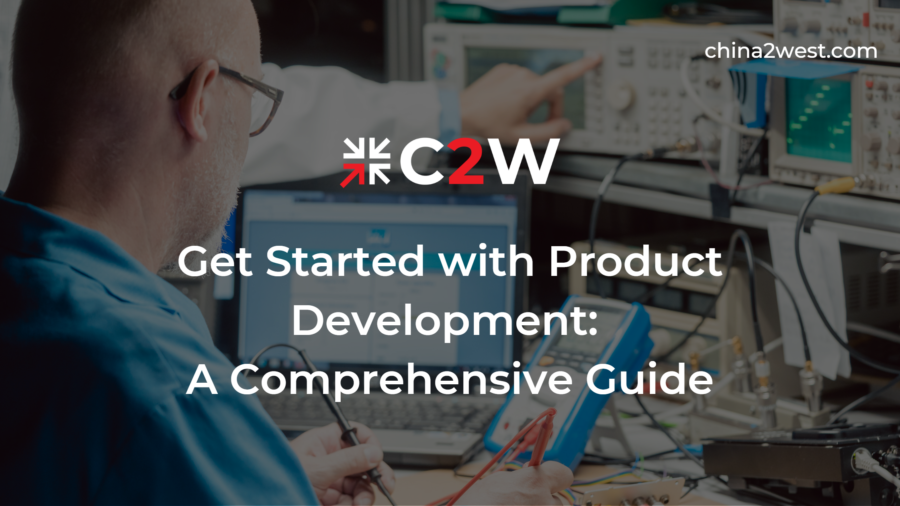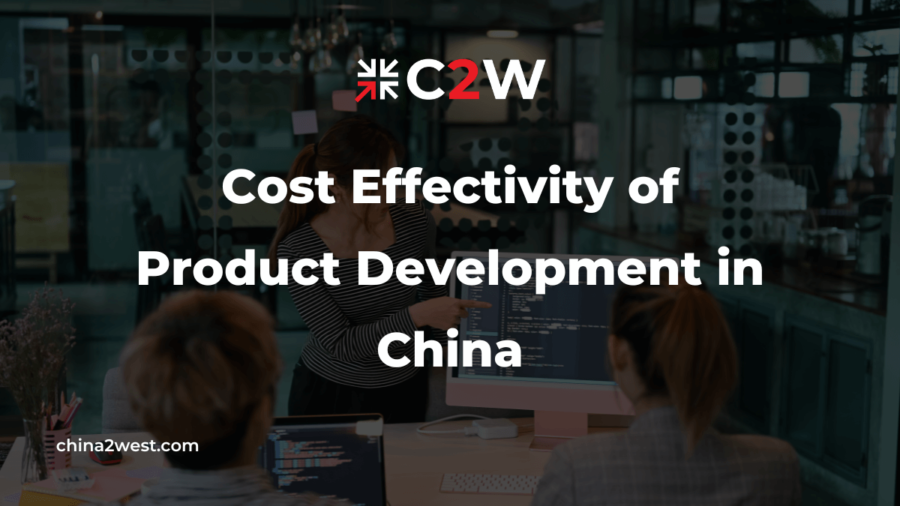In today’s fast-paced world, product development has become a crucial aspect of transforming innovative ideas into successful products. Whether you’re an aspiring entrepreneur or an established business looking to expand your product line, understanding the fundamentals of product development is essential. This comprehensive guide aims to equip you with the knowledge and insights to get started on your product development journey.
Section 1: Idea Validation
Before diving headfirst into product development, it’s vital to validate your idea. Idea validation helps ensure that your product addresses a genuine need and has market potential. Here are a few steps to follow during the idea validation stage:
Identify your target audience: Define the specific group of people who will benefit from your product. Conduct market research to understand their preferences, pain points, and existing solutions.
Analyze the competition: Research competitors offering similar products or alternative solutions. Identify their strengths, weaknesses, and areas where your product can stand out.
Seek feedback: Share your idea with potential customers, industry experts, and trusted individuals. Gather feedback to refine your concept and identify any necessary improvements.
Section 2: Market Research
Thorough market research is essential to gain a deep understanding of your target market and ensure your product meets their needs. Consider the following steps when conducting market research:
Analyze market trends: Stay up-to-date with industry trends, emerging technologies, and shifting consumer preferences. Identify market gaps or areas where your product can offer a unique value proposition.
Segment your target market: Divide your target audience into distinct groups based on demographics, behavior, or preferences. This segmentation will help tailor your product to specific customer segments effectively.
Conduct surveys and interviews: Engage with potential customers through surveys, interviews, or focus groups. Gather insights into their needs, expectations, and willingness to pay for your product.
Section 3: Product Design and Prototyping
Once you have a validated idea and a clear understanding of your target market, it’s time to move on to product design and prototyping. This stage involves transforming your concept into a tangible product. Consider the following steps:
Create product specifications: Define the features, functionalities, and design elements of your product. Collaborate with designers, engineers, and other relevant professionals to create detailed specifications.
Build a prototype: Develop a prototype that showcases the core features and functionality of your product. This prototype will help you evaluate its viability, identify any design flaws, and gather feedback from stakeholders.
Iterate and refine: Use the feedback received from testing your prototype to improve and refine your product. Iterate on the design, making necessary adjustments to enhance usability and address any shortcomings.
Section 4: Manufacturing and Supply Chain
With a well-designed and refined prototype, it’s time to plan for manufacturing and establish a robust supply chain. Consider the following steps to ensure a smooth production process:
Choose a manufacturer: Research and select a reliable manufacturer capable of producing your product at scale. Consider factors such as cost, quality, production capacity, and their ability to meet your deadlines.
Develop quality control measures: Establish quality control processes to ensure consistency and reliability throughout the manufacturing process. Regularly inspect and test the manufactured units to maintain high standards.
Set up a supply chain: Create a supply chain network that efficiently manages the flow of raw materials, components, and finished products. Optimize logistics to minimize costs and reduce delivery times.
Section 5: Product Launch and Marketing
The success of your product depends on how effectively you launch and market it to your target audience. Consider the following steps to ensure a successful product launch:
Craft a compelling marketing strategy: Develop a comprehensive marketing plan that highlights the unique features and benefits of your product. Identify the most effective channels to reach your target audience and allocate your resources accordingly.
Create captivating product messaging: Craft persuasive and engaging product descriptions, taglines, and brand messaging. Clearly communicate the value proposition of your product and how it solves your customers’ pain points.
Leverage digital marketing channels: Utilize various digital marketing techniques, such as search engine optimization (SEO), social media marketing, content marketing, and influencer collaborations, to create buzz and generate interest in your product.
Embarking on a product development journey can be an exhilarating yet challenging experience. By following the steps outlined in this comprehensive guide, you’ll be well-equipped to navigate the intricacies of product development. Remember to stay agile, adapt to changing market dynamics, and always prioritize customer feedback. With dedication, perseverance, and a customer-centric approach, you can transform your product idea into a successful reality.
In conclusion, this article aimed to provide a comprehensive guide for individuals and businesses looking to start their product development journey. From idea validation and market research to product design, manufacturing, and marketing, each step plays a vital role in the overall success of your product. By following these guidelines and leveraging the power of innovation, you can turn your product dreams into a tangible reality. So, contact us today and get started with product development today to bring your vision to life!


